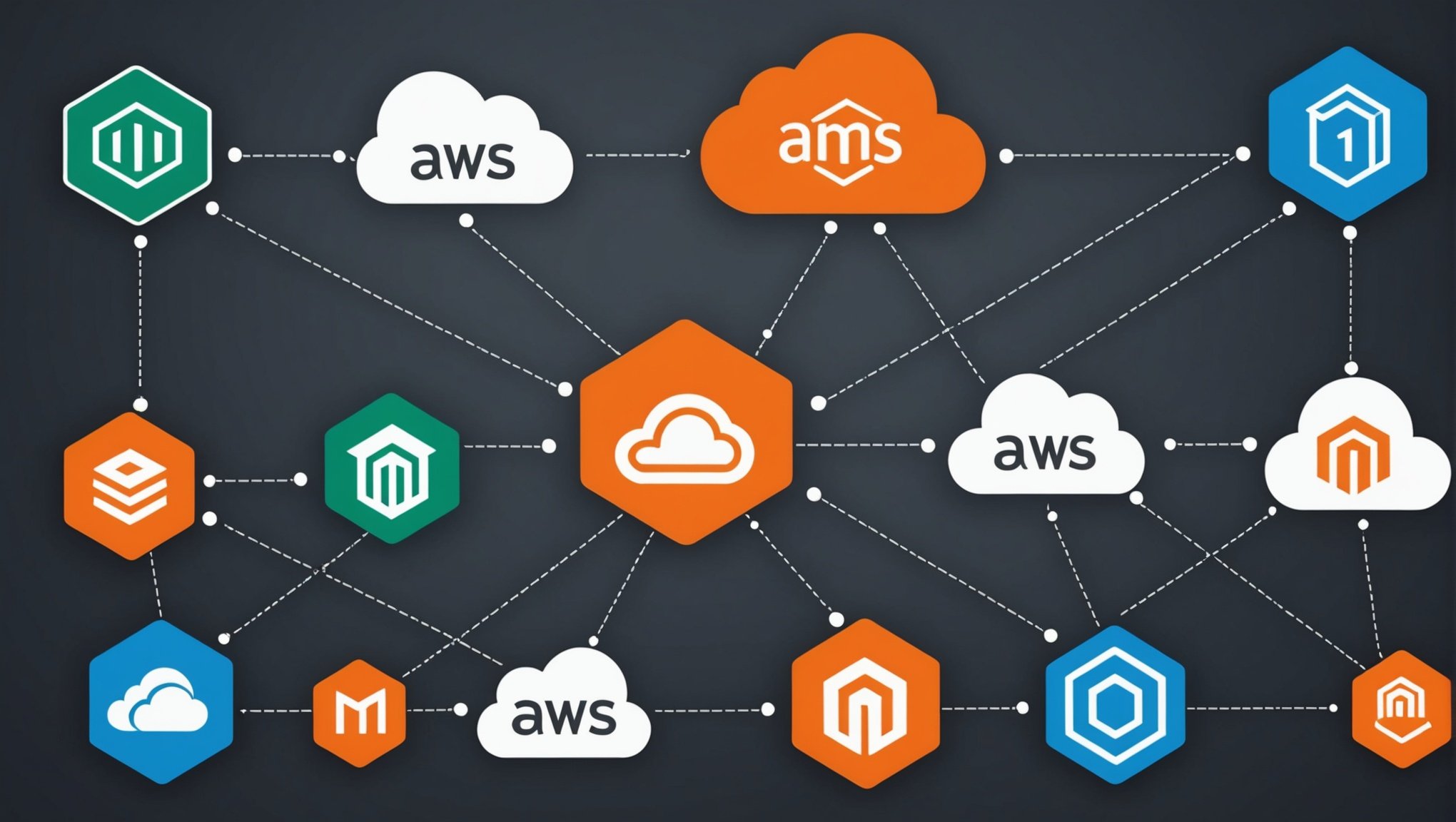Managing multiple AWS accounts can be complex, but AWS CloudFormation offers an efficient solution for automation. This powerful tool simplifies the deployment process across various accounts, enhancing consistency and minimizing errors. By mastering CloudFormation, you can ensure your infrastructure is scalable and easier to manage. Discover strategies that will streamline your operations and empower your development teams to work more effectively, unlocking the full potential of multi-account environments.
Understanding Multi-Account Deployments in AWS
Navigating multi-account AWS management is crucial for organizations seeking efficient cloud operations. A multi-account strategy in AWS offers significant benefits, such as enhanced security, improved cost management, and streamlined governance. By segmenting resources into separate accounts, businesses can tailor permissions and policies to specific needs, thereby reducing risk and ensuring compliance.
Also read : Mastering Redis Pub/Sub: Your Ultimate Guide to Building and Managing Real-Time Messaging Systems
A pivotal tool in this strategy is AWS CloudFormation, which automates the deployment and management of resources across multiple accounts. This service allows for the consistent and repeatable provisioning of infrastructure, reducing manual errors and saving time. Through CloudFormation, organizations can define infrastructure as code, making it easier to manage large-scale environments and enforce best practices.
When implementing a multi-account strategy, several key considerations should be addressed. Structuring accounts effectively is paramount; this involves categorizing accounts based on function, such as development, testing, and production. This approach not only enhances security but also facilitates efficient resource management. Additionally, organizations must consider how they will manage resource sharing and access control across accounts to ensure seamless operations.
Also read : Mastering AWS SageMaker: A Step-by-Step Guide to Deploying Your Machine Learning Model
Ultimately, a well-executed multi-account strategy, supported by tools like AWS CloudFormation, empowers organizations to optimize their cloud infrastructure while maintaining control and visibility across all accounts.
Setting Up AWS CloudFormation for Multi-Account Environments
Configuring CloudFormation Setup for a multi-account environment involves a systematic approach to ensure seamless operations. Start by organizing your Multi-Account Configuration through AWS Organizations, which allows centralized management of multiple accounts. This tool simplifies billing and governance, making it easier to apply policies consistently across all accounts.
To establish Infrastructure as Code, begin by creating CloudFormation templates that define your desired resources. These templates should be stored in a version-controlled repository to maintain consistency and traceability. When deploying these templates, use AWS CloudFormation StackSets, which enable you to provision resources across multiple AWS accounts and regions from a single template.
Follow these best practices to optimize your setup:
- Template Modularity: Break down large templates into smaller, reusable components. This makes them easier to manage and update.
- Parameterization: Use parameters to customize templates for different environments, such as development or production.
- Cross-Account Roles: Establish roles that allow CloudFormation to assume permissions needed for deployment in each account.
By adhering to these practices, you can ensure that your CloudFormation setup is both efficient and scalable. This approach not only enhances security and compliance but also reduces the complexity of managing a multi-account AWS environment.
Automating Resource Deployment with CloudFormation
Efficient automation in AWS is pivotal for managing complex cloud environments. Resource deployment through AWS CloudFormation provides a robust framework to streamline this process.
Creating Reusable CloudFormation Templates
Crafting CloudFormation templates that are reusable is essential for consistent deployments. These templates serve as blueprints, defining the AWS resources required for your infrastructure. Incorporating parameters and mappings allows for flexibility, enabling the same template to be adapted for various environments, such as development and production. By storing these templates in a version-controlled repository, you ensure traceability and ease of updates.
Implementing Stack Sets for Cross-Account Deployments
Stack sets are a powerful feature in CloudFormation that facilitates resource deployment across multiple AWS accounts and regions. This capability is crucial for organizations with a multi-account strategy, as it allows for centralized management and uniformity in deployments. By defining a single template, stack sets enable consistent infrastructure provisioning, reducing the risk of configuration drift.
Managing Dependencies and Resource Orders
Automating resource deployment requires careful management of dependencies and order of operations. CloudFormation handles this through its inherent dependency management system, ensuring resources are created in the correct sequence. Techniques such as using DependsOn attribute and leveraging nested stacks can further refine this process, ensuring smooth and efficient deployments across your AWS landscape.
Troubleshooting Common Issues in Multi-Account Deployments
Navigating multi-account deployments in AWS can present various challenges, often requiring effective troubleshooting strategies. Identifying common issues is the first step in resolving problems efficiently. Frequent errors include permission denials, resource conflicts, and stack failures, which can disrupt operations.
Debugging CloudFormation Stacks
When facing issues with CloudFormation stacks, a systematic approach to debugging is essential. Begin by examining the stack events in the AWS Management Console to pinpoint where the process failed. Look for error messages related to permissions or resource dependencies. Use the --debug flag in the AWS CLI for more detailed logs, which can provide insights into the root cause of the problem.
Leveraging AWS Support and Documentation
AWS provides extensive support and documentation to assist in troubleshooting. The AWS Support Center is a valuable resource for resolving complex issues, offering access to technical support and a wealth of documentation. Engage with AWS forums and community discussions to gain insights from other users who may have encountered similar issues. Additionally, AWS Trusted Advisor can offer recommendations for optimizing your deployment and identifying potential pitfalls.
By employing these strategies, organizations can effectively manage and resolve common issues in their multi-account AWS environments, ensuring smooth and efficient operations.
Case Studies and Best Practices for Multi-Account Management
Exploring AWS best practices through real-world examples can illuminate effective strategies for multi-account management. Several organizations have successfully implemented multi-account deployments using AWS CloudFormation, demonstrating remarkable gains in efficiency and security.
Analysis of Successful Deployments
One notable case involves a global retail company that leveraged CloudFormation to automate infrastructure across multiple accounts. By adopting a multi-account strategy, they achieved enhanced isolation of resources, which improved security and compliance. This approach also facilitated resource management, allowing the company to scale operations seamlessly.
Best Practices for Security and Compliance
Ensuring security in AWS deployments is paramount. Organizations should adopt a least privilege access model, which restricts permissions to the minimum necessary. Regular audits and monitoring using AWS CloudTrail can help detect unauthorized activities. Additionally, implementing encryption for data at rest and in transit safeguards sensitive information.
Lessons Learned and Recommendations
Key lessons from these case studies include the importance of defining clear account structures and utilizing AWS Organizations for centralized governance. Recommendations for future deployments emphasize the need for continuous improvement in security measures and compliance checks. By learning from these experiences, organizations can refine their strategies and optimize their multi-account environments for robust, secure operations.










